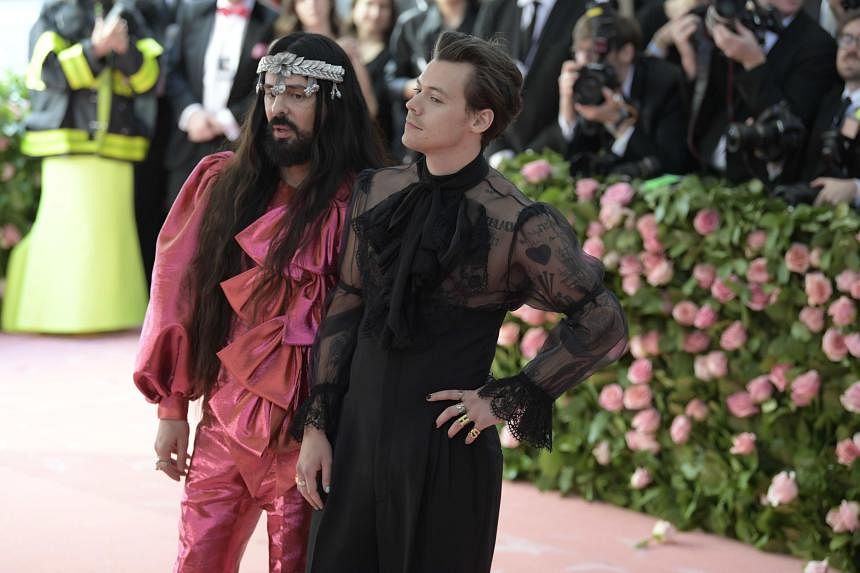FLORENCE, Italy – In the largest creative shake-up of a fashion brand since the Covid-19 pandemic, Gucci announced on Thursday that Alessandro Michele, its Italian creative director, was leaving the company.
Michele, 49, a Rome-born designer who took over the top job in 2015, had been instrumental in transforming Gucci, seemingly overnight, from a fading symbol of noughties glamour into a purveyor of eccentric inclusivity that embodied the wider cultural conversation around gender, sexual identity and race.
His new vision for the brand rippled through the fashion industry and made tens of billions of dollars for Kering, the French luxury conglomerate that also owns Saint Laurent and Balenciaga, among other brands.
It was Gucci, however, that was responsible for the bulk of group profits, earning almost €10 billion (S$14.3 billion) in revenue in 2021. And it was Michele and Gucci’s chief executive, Mr Marco Bizzarri, who were credited with the success.
At least as long as it was a success. Lately, however, the once-unstoppable growth had started to slow. And although Michele had tried to expand Gucci’s reach via restaurants, the metaverse and collaborations with sportswear titan Adidas and English pop star Harry Styles, the basic offering began to elicit yawns rather than desire.
Michele joined the brand in 2002 as an accessories designer and was almost entirely unknown outside the company when Mr Bizzarri named him creative director, allowing him free rein over not just the products, but also the stores, campaigns and communications.
His magpie aesthetic, which ranged freely across time periods, reference points and conceptions of beauty, seemed perfectly calibrated for the more democratic social media age.
His shows were hotchpotches of muchness – jewellery, eyeglasses, bags and clothes – that celebrated character over chic.
His long hair and beard gave him the mien of a counterculture guru (his propensity for quoting French thinkers such as Michel Foucault and Roland Barthes in his show notes helped), and fashion practically treated him as such, especially once the numbers started ticking up.
A year ago, he held his first live show since the pandemic began in the middle of Hollywood Boulevard, with celebrities including actresses Gwyneth Paltrow and Dakota Johnson and singer Billie Eilish (who often wore Gucci in public) in attendance, and actor Jared Leto on the catwalk.
His most recent show at Milan Fashion Week, an ode to identical twins, was one of the most heralded of the season.
But unexpected and unsentimental change at the top has become something of a pattern at Kering.
This is the third time that Kering chief executive Francois-Henri Pinault has made a sudden shift in the direction of his marquee brand. The first time was in 2004, when he parted ways with Tom Ford and Domenico De Sole, and the second, in 2014, when he fired designer Frida Giannini and the CEO, Patrizio di Marco.
Now, the focus will turn to what happens next with Gucci – just how much head-spinning change comes next – and whether Mr Bizzarri will also depart.
The brand is scheduled to reveal its next men’s collection in Milan in January. As always, the show will go on. NYTIMES

